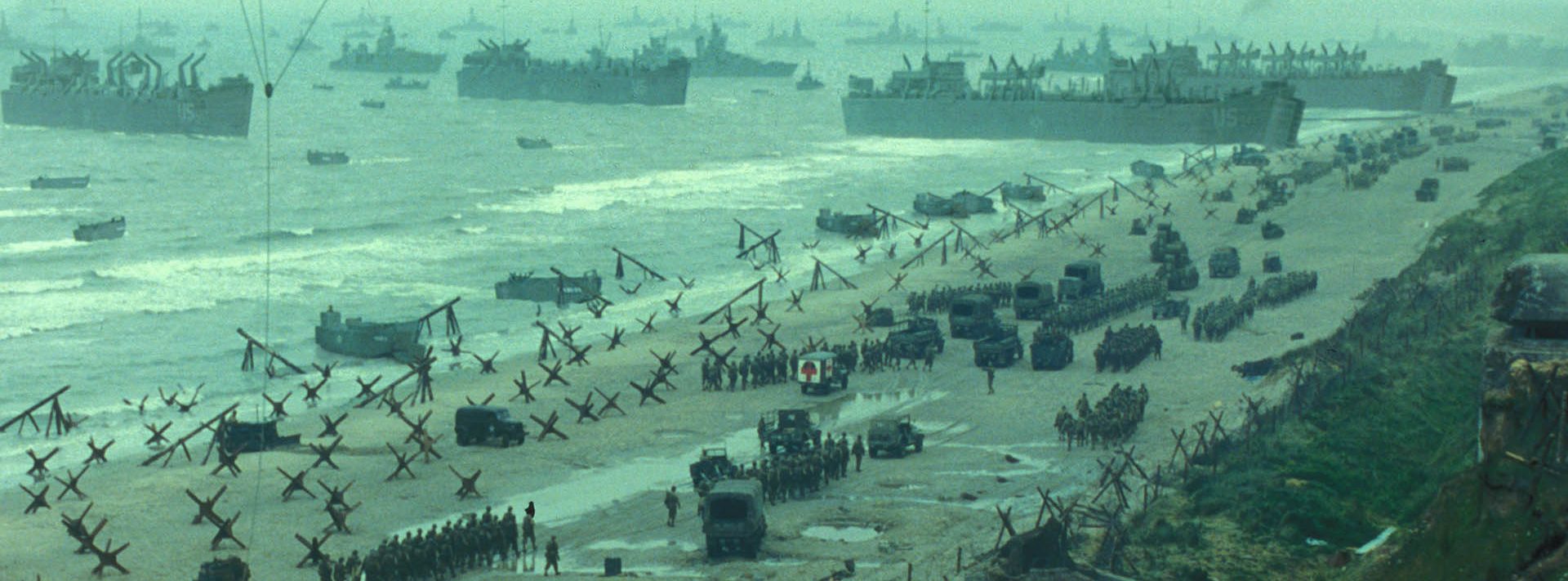Following the Normandy landings, a group of U.S. soldiers go behind enemy lines to retrieve a paratrooper whose brothers have been killed in action.
ILM has always needed to react to what George Lucas wanted — that is, to add effects to footage he shot, they never told Lucas what he could and couldn’t do. So, even as far back as 1998, the studio totally supported the cinematographer’s and director’s vision although doing so often meant taking risks.
Risks like those cinematographer, Janusz Kaminski, had in mind for the opening shots of the Allied invasion of Normandy in World War II. His wild idea was to reduce the camera shutter to produce crisp images and to film the landing with a handheld camera. The combination would give the footage a chattering look. But, digital effects studios often relied on motion blur in live action footage to help hide effects, and Kaminski’s method would eliminate motion blur. In 1998, other studios might have insisted that he shoot on bluescreen stages with a normal shutter speed, but ILM agreed to track CG elements – digital doubles, bullets, body parts, and ships – into the crisp footage that Kaminski shot with the freely moving camera. The resulting opening shots of soldiers hit with gunfire as they waded ashore had an uncomfortable authenticity that deeply affected audiences.
